11 Chores Our Grandparents Did that You Don’t See Anymore
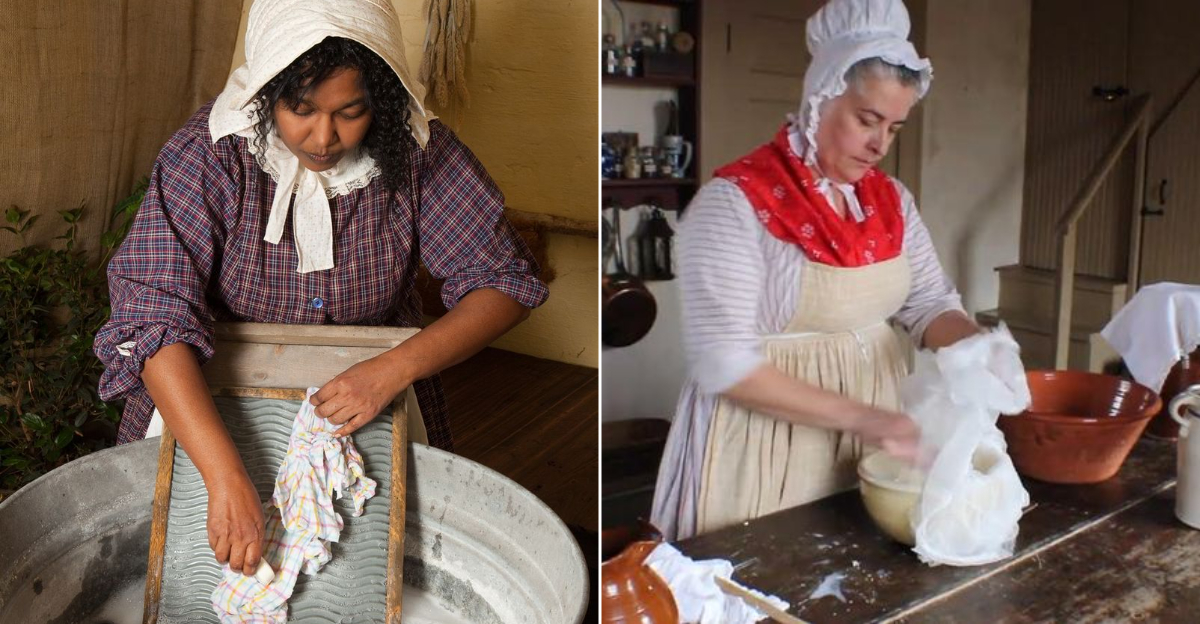
In today’s world of modern conveniences, it’s easy to overlook the labor-intensive chores that were once a daily part of our grandparents’ lives.
These tasks, essential to maintaining households in their time, have mostly disappeared, replaced by automated systems and store-bought solutions. Yet, they evoke a sense of nostalgia and admiration for the skill, patience, and ingenuity required.
From washing clothes by hand to preparing home essentials, here’s a look at 11 chores from the past that tell stories of resilience and self-sufficiency.
1. Washboard Laundry
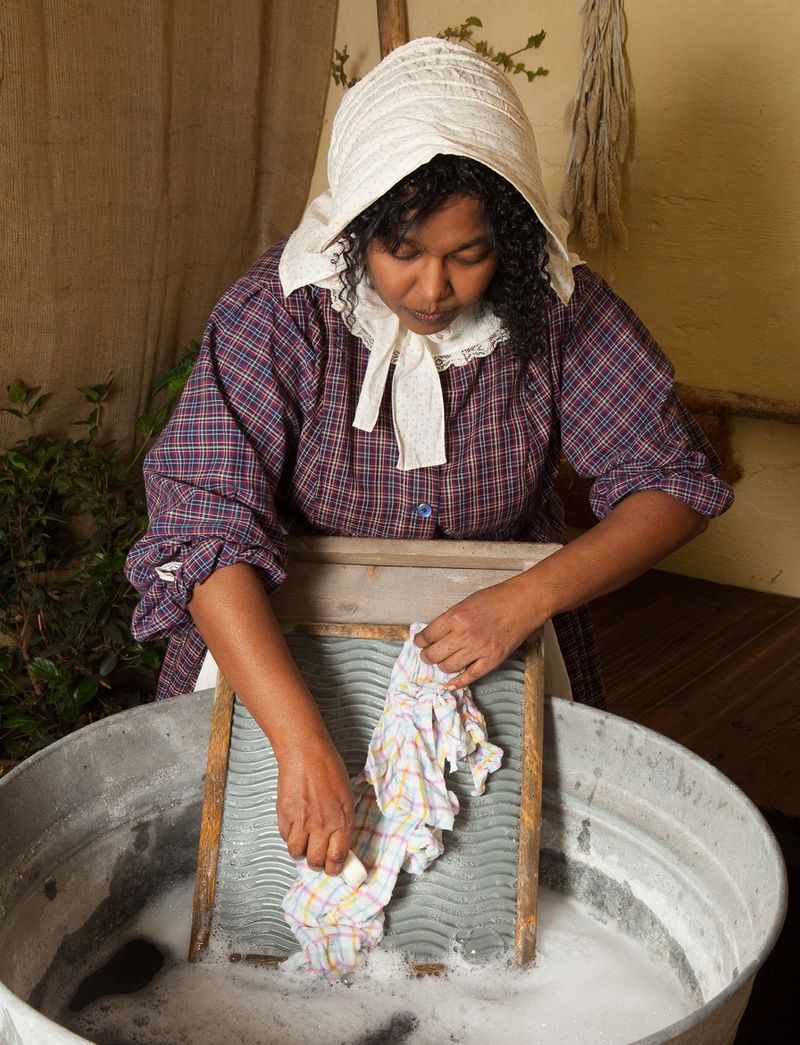
Before the washing machine revolutionized laundry day, clothes were scrubbed clean on washboards, requiring strength and determination. The ridged surface of the washboard, combined with soap and water, was the go-to method for tackling tough stains.
This chore was more than just cleaning—it often became a communal activity, with neighbors chatting as they worked. The rhythmic sound of scrubbing was as much a part of life as the results: clean, fresh-smelling clothes.
Mastering the washboard was a testament to the patience and ingenuity of our grandparents.
2. Making Soap at Home
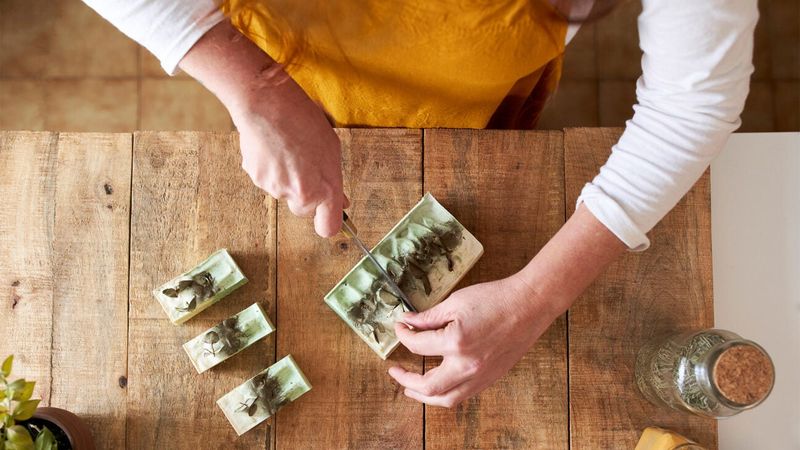
Store-bought soap was once a luxury, leading many families to craft their own at home. Combining animal fat and lye, this process required precision and care, as the ingredients could be dangerous if mishandled.
Homemade soap wasn’t just practical—it also allowed for creativity, with families adding their own scents and ingredients. The finished bars were multipurpose, used for personal hygiene, laundry, and cleaning. What’s now a niche hobby was once a vital skill, passed down through generations.
3. Darning Socks
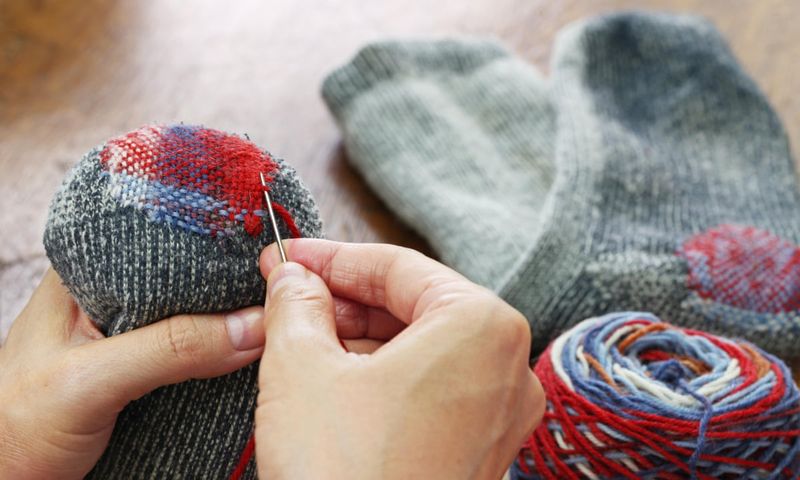
Throwing away worn-out socks wasn’t an option for our grandparents. Instead, they carefully repaired holes using a darning egg and needle, preserving the socks’ utility for as long as possible.
The process was as much about resourcefulness as it was about skill, requiring meticulous stitching to restore the fabric’s integrity. Sometimes, colorful threads were used, adding a personal touch to this functional chore.
Darning socks reflects a mindset of sustainability that feels especially relevant today.
4. Canning and Preserving
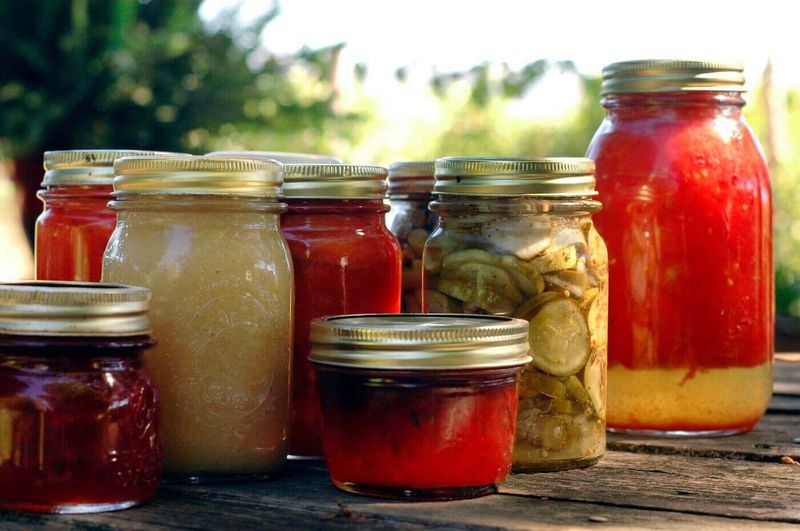
To ensure their families had access to fruits and vegetables year-round, grandparents would spend hours canning and preserving fresh produce. The process involved sterilizing jars, preparing food, and sealing it tightly to prevent spoilage.
Pantries filled with vibrant jars of jams, pickles, and sauces were a testament to their hard work and foresight. While modern refrigeration has reduced the need for canning, the tradition continues among those who appreciate the taste of homemade goods.
5. Grinding Coffee by Hand
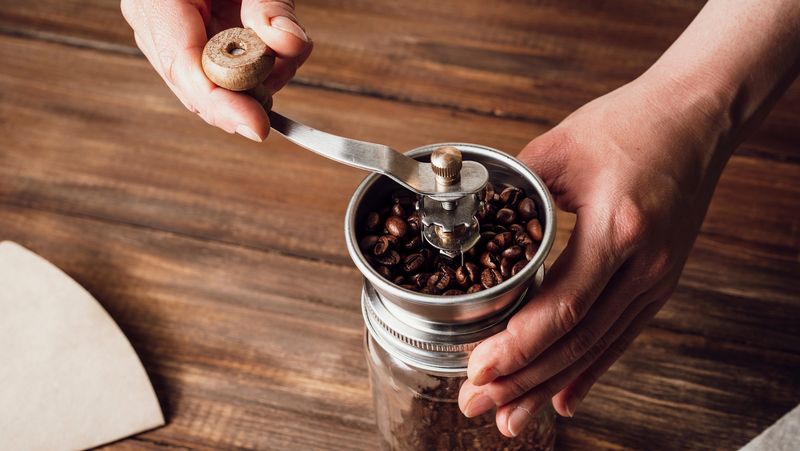
Before the days of electric grinders, coffee enthusiasts ground their beans by hand, a process that required effort and care. Using a manual grinder, they would prepare fresh grounds for brewing, savoring the rich aroma that filled the air.
This daily ritual wasn’t just about making coffee—it was a moment of reflection and anticipation. Though now a rarity, hand-grinding coffee remains a cherished practice for those who value craftsmanship in their morning routine.
6. Churning Butter
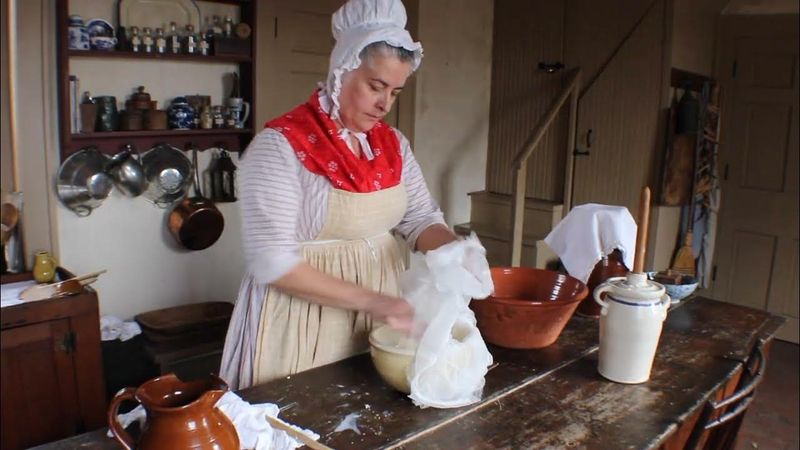
Butter wasn’t always readily available at the grocery store, so families often churned their own. This involved repeatedly moving a churn dasher to turn cream into butter, a task that required both endurance and patience.
The reward for this labor-intensive effort was fresh, creamy butter, often accompanied by buttermilk as a byproduct. While modern conveniences have made this chore unnecessary, churning butter has a nostalgic appeal for those who appreciate artisanal foods.
7. Plucking Chickens
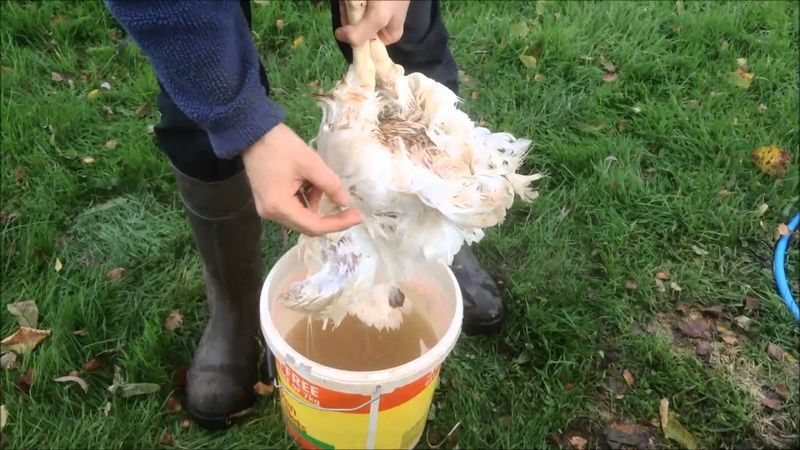
Long before pre-packaged poultry was the norm, families raised and prepared their own chickens. Plucking feathers was a necessary step, requiring a sharp eye and steady hands to ensure the bird was cleaned properly.
This chore wasn’t for the faint-hearted, but it was an essential part of ensuring fresh, sustainable food for the family. Today, it’s mostly practiced by small-scale farmers and backyard poultry enthusiasts, keeping the tradition alive.
8. Sweeping with Brooms
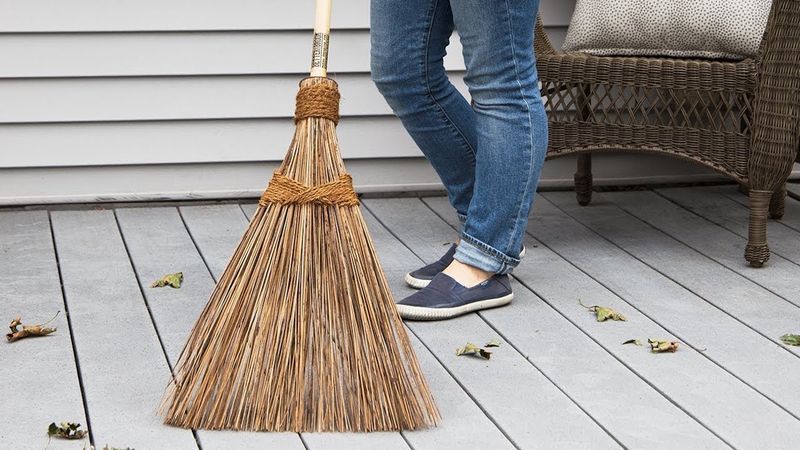
Before the invention of vacuum cleaners, brooms were the primary tool for keeping floors, porches, and even yards clean. Sweeping wasn’t just a chore; it was often viewed as a meditative practice, with rhythmic motions providing a sense of order and calm.
Grandparents took pride in their clean, tidy homes, seeing this daily task as an essential part of household care. Even now, the simple broom remains a symbol of practicality and tradition.
9. Fetching Water from the Well
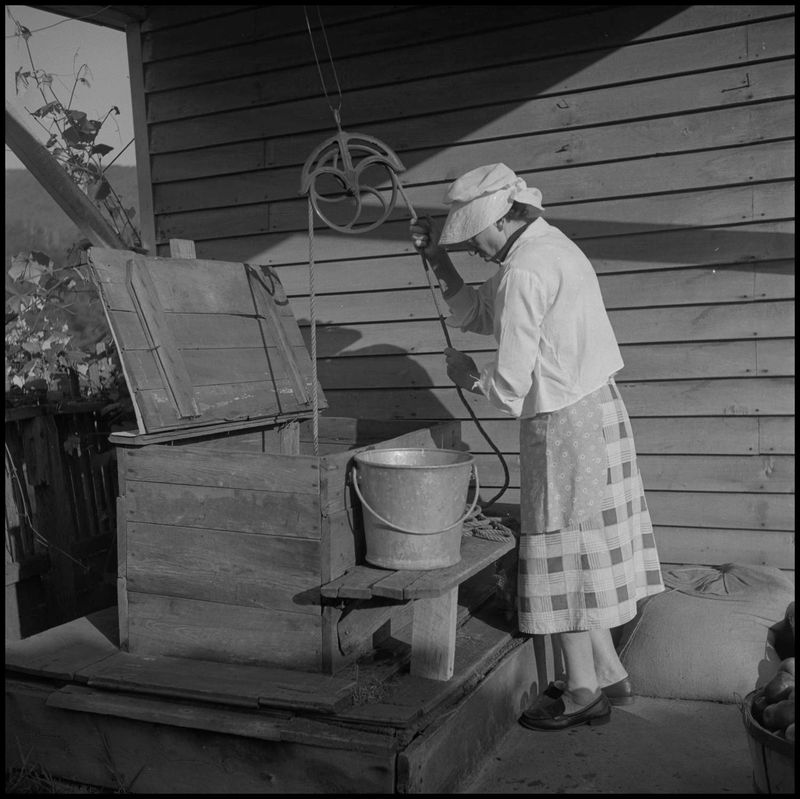
In rural areas without plumbing, fetching water from a well was a daily necessity. It involved lowering a bucket into the well, filling it, and hauling it back up—a physically demanding task that connected people to their most vital resource.
Every drop of water was precious, used thoughtfully for drinking, cooking, and cleaning. Though wells are rare today, they serve as a reminder of the effort once required to sustain a household.
10. Shelling Peas
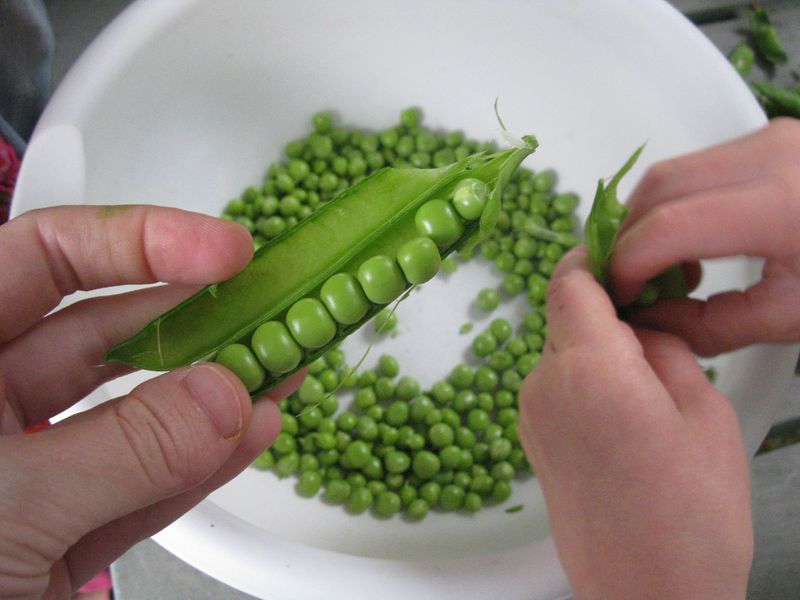
During harvest season, shelling peas was a common sight, with families gathering around to prepare the fresh produce. This task required nimble fingers and patience, as each pod had to be carefully opened to extract the peas.
Beyond its practicality, shelling peas was a social activity, filled with laughter and conversation. It remains a nostalgic pastime for those who enjoy the rewards of gardening and homegrown food.
11. Ironing with Heavy Irons

Before electric irons became the norm, heavy cast-iron models were heated on stoves and used to press clothes. This task demanded skill, as the heat had to be carefully managed to avoid scorching delicate fabrics.
Grandparents would spend hours ensuring every garment was perfectly pressed, a mark of pride and diligence. Modern irons have simplified this process, but the artistry of traditional ironing remains a source of admiration.
